The Middle Ages is a historical period that lasted over a thousand years, whose beginning is often identified in 476 with the fall of the Roman Empire and whose end occurred in 1492 with the discovery of America. For a long time considered as a dark period of human history, but in recent times medievalist historians such as Alessandro Barbero and Franco Cardini are rewriting the history of the Middle Ages helping the public to know a Middle Ages made instead of passions and colors.
Surely the Middle Ages have not gone down in history as a great period for art and this is because humanity went through very tumultuous periods during that millennium characterized by long wars and a life rather devoid of comforts but as we will see this did not prevent medieval civilization from developing a great love for decoration by studying and using many of the techniques of the past including those invented by the ancient Romans and the ancient Egyptians.
The Study of the Ancients
The Middle Ages were not a period of great innovations in decoration and painting techniques and during this entire historical period the craftsmen limited themselves to studying the techniques and methods of creating colour left as a legacy by the ancient Egyptians, the ancient Greeks and the ancient Romans. Therefore even in the Middle Ages the known decoration techniques were mainly three:
- Tempera
- Encaust
- Fresco
the latter was certainly the most used technique and it is precisely towards the late Middle Ages that some of the most famous frescoes in the world were born. These frescoes, unlike the Roman ones dating back to the 1st century BC, have often reached us in perfect conditions both for the greater temporal proximity but also for the good use of the color techniques of the medieval master craftsmen.
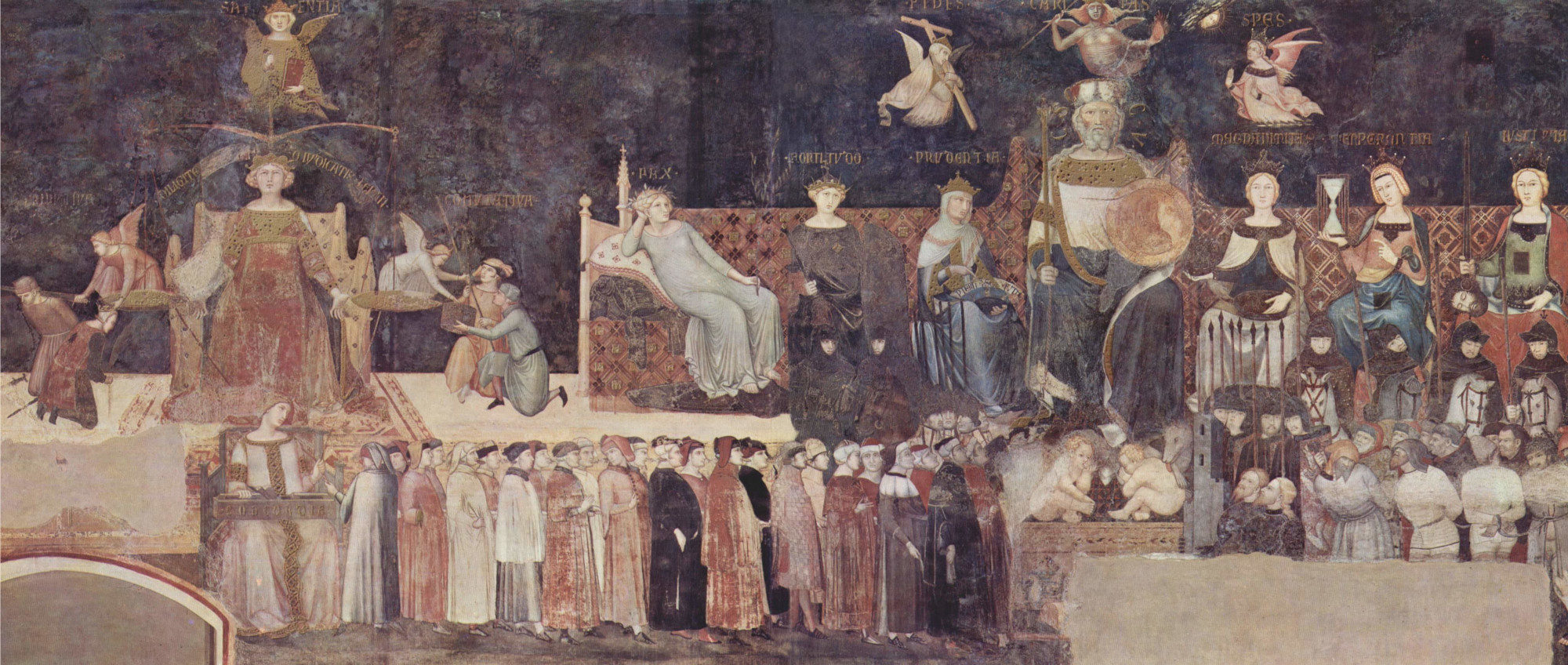
Fresco “Allegory of Good Government” (1337)
More than for mural decoration, the Middle Ages concentrated much of its art in figurative and landscape paintings. In fact, in general, in the Middle Ages there was not a great deal of care for the home unlike what happened in Roman society and the places of power of this period were often large castles or imposing palaces made mainly of stone and completely bare and even without plaster on the walls. The great center of medieval art was religion, which in all civilizations has always been a great driving force for art but which only in the Middle Ages reached very high levels with regard to technique and the creation of colors.
Medieval Religious Art
When you want to find an example of the highest technique of medieval decoration and coloring, the right place to go is a church. In strong contrast to the places of sociality that in the medieval period were rather simple and bare, medieval churches were a concentration of the highest level of artisan and pictorial art that this society was able to express at that time. Inside these places of worship it is possible to find examples of the ability to work materials such as wood, stone and marble but above all where there are examples of colors that until then had never been seen, although Hellenic and Roman painting had already reached an excellent level of brilliance for their colored pigments.
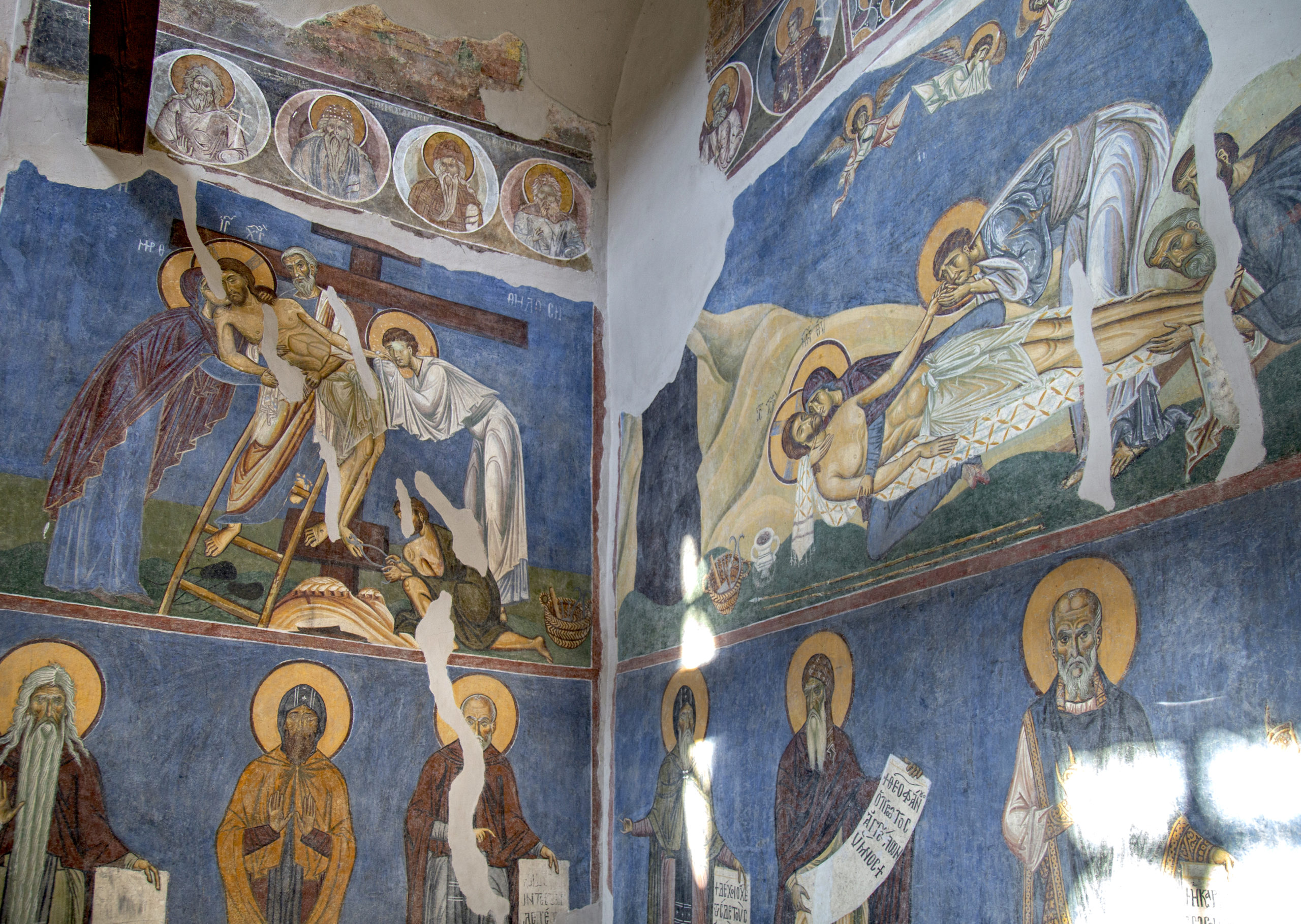
Fresco Byzantine Macedonian Church (1165)
It is precisely light and brightness that are the obsession of medieval artists and just as will happen throughout the Renaissance, in this period painters are used to creating their own colors and therefore unlike what happened during the Roman Empire where the methods of creating pigments were rather standardized and similar for everyone, during the Middle Ages you can find infinite combinations of colored pigments and binders resulting from the experiments of individual artists.
Medieval art will end up moving further and further away from its Greco-Roman origins and will get closer and closer to what will later become the famous Renaissance pictorial art, with the search for increasingly precise shapes and increasingly realistic and bright colors, with works that use hundreds of colors in a few square centimeters to obtain realistic and surrealistic shades.
Wall Decoration in the Middle Ages

Wall Decoration “Charlemagne at War” – Palazzo Madama (1300)
As mentioned, throughout the Middle Ages, wall decoration techniques were quite simple and basic. Stone and bricks were the main elements and were covered with mortars composed of binding materials such as lime or cement.
The most used was certainly air lime, which was produced by cooking the lime stones in ovens that had to reach 1000° degrees. The rocks were then immersed in water to be “extinguished” and during this process they released lime hydroxide thus obtaining the mixture to which sand was then added which had the purpose of increasing the absorption surface and also of preventing the shrinkage of the lime because the grains of sand help to maintain the volume of the mortar following the evaporation of the water.
During this process it was also possible to use some of the best known and most compatible natural pigments with lime, such as many of the red ochres and yellow ochres which abound in the European lands where the main medieval civilisations developed and therefore the most common colours in medieval wall decoration were yellows and reds of generally dark shades.
Pigments of the Middle Ages
In every great historical period and in every civilization the perception and research of colors changes. During the Middle Ages art was strongly influenced by religious themes and colors were therefore applied with a strong saturation in search of intensity and brightness. During the Middle Ages colors took on a strong symbolic value and even if this already happened in the past and in this period that beliefs and customs related to color developed that are still part of popular belief today.
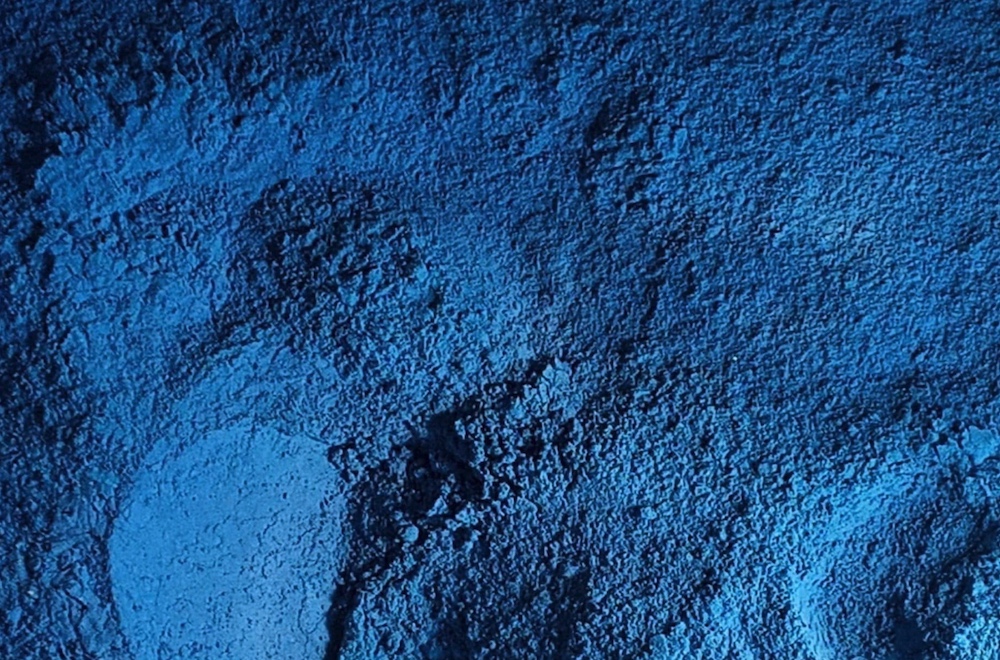
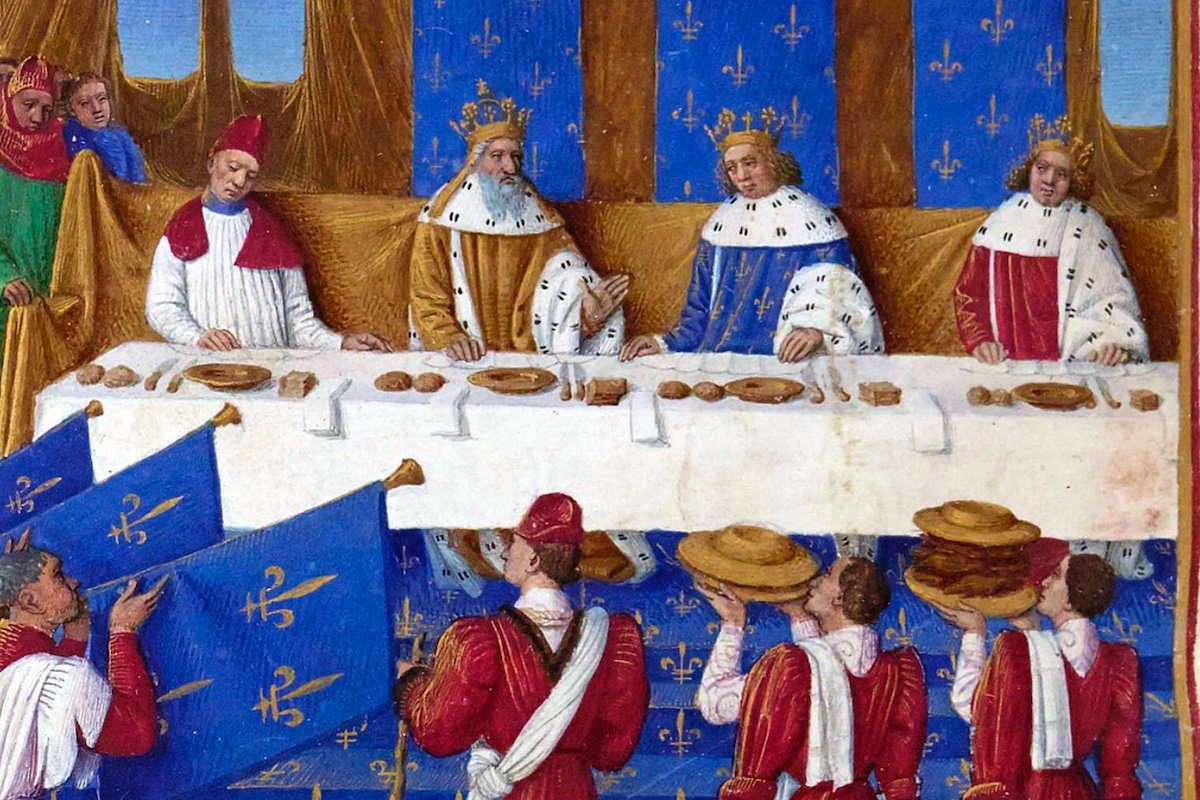
BLUE
MAIN SOURCES: Azurite, Lapis Lazuli, Indigo, Woad
Blue is probably the most important color in the Middle Ages. Often associated with nobility, blue is the symbolic color of this historical period also because it is always present in sacred art but above all because before medieval society blue had always been used in a marginal way and this was also due to the historical difficulties of producing this color using natural pigments. During this period the tradition of blues created with azurite and lapis lazuli continued, techniques that we have already known with the Egyptians and the Romans, and in the late Middle Ages woad and indigo also appeared to obtain a blue that gave the best results when mixed with white.
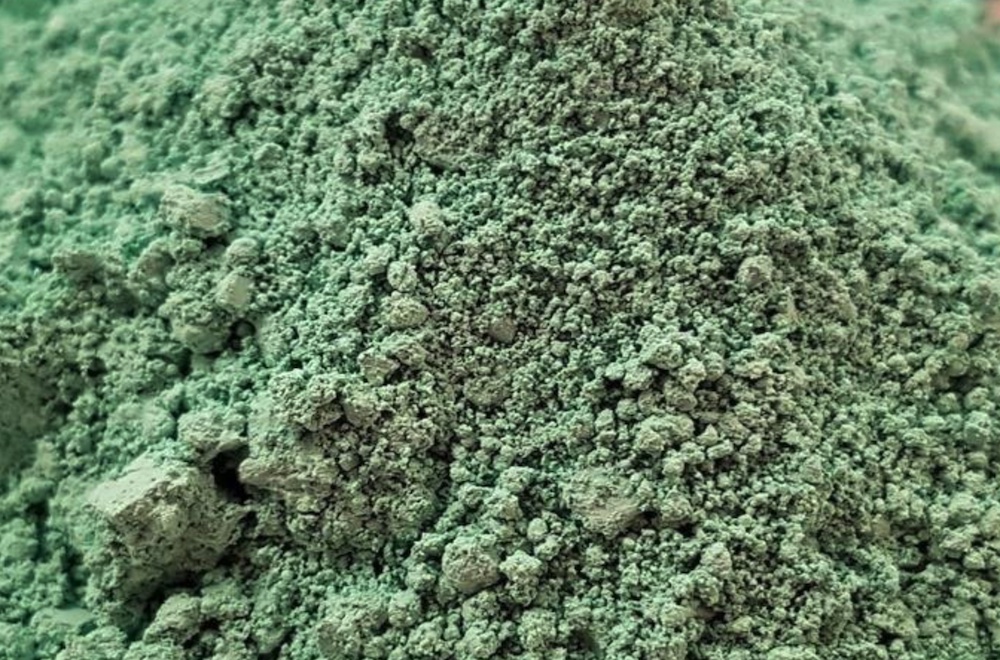
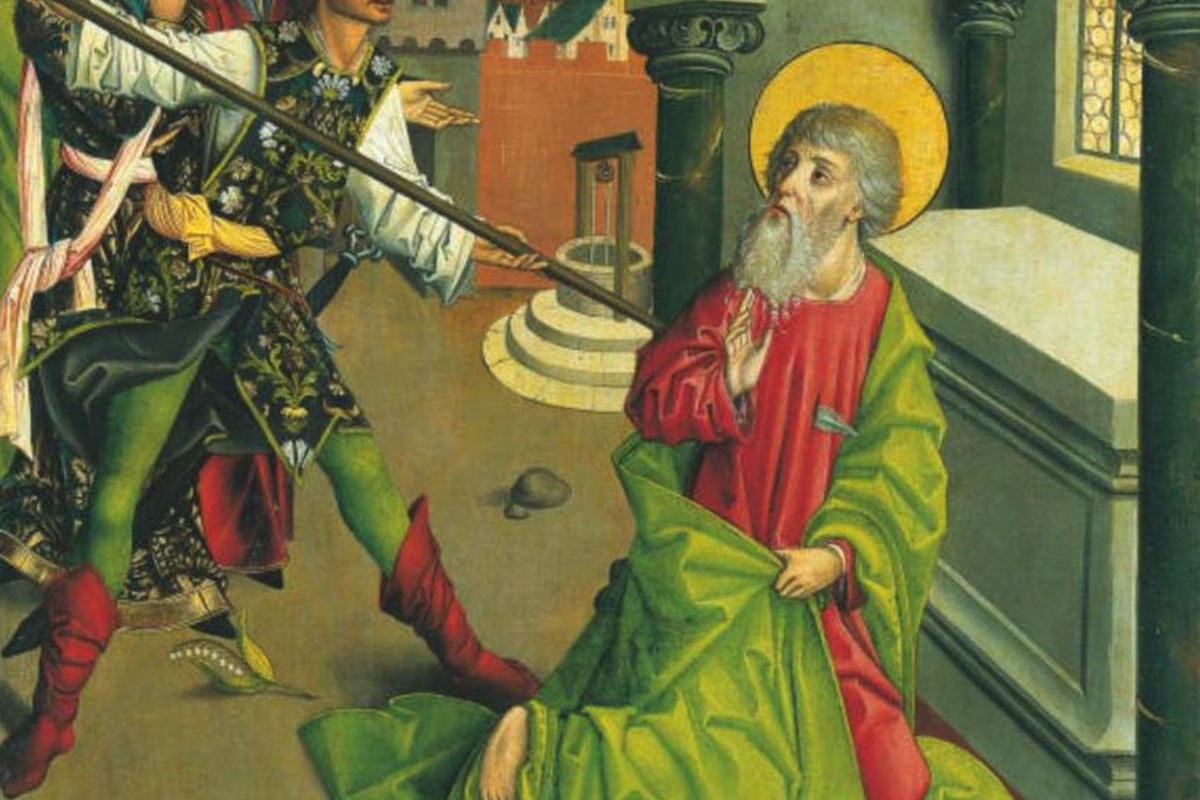
GREEN
MAIN SOURCES: Verdigris, Malachite, Azurite
Green took on different meanings in the Middle Ages. Initially associated with medicine, towards the end it was associated with chance and challenge. Finally in heraldry this color was associated with hope, a traditional meaning that we have also preserved in our modern culture. Verdigris was the most popular pigment for obtaining green. However, the behavior of this pigment was unpredictable and could create problems when in contact with other pigments, so during the Middle Ages different alternatives were sought to obtain a more stable green and extensive use was made of plants and berries to obtain this result.
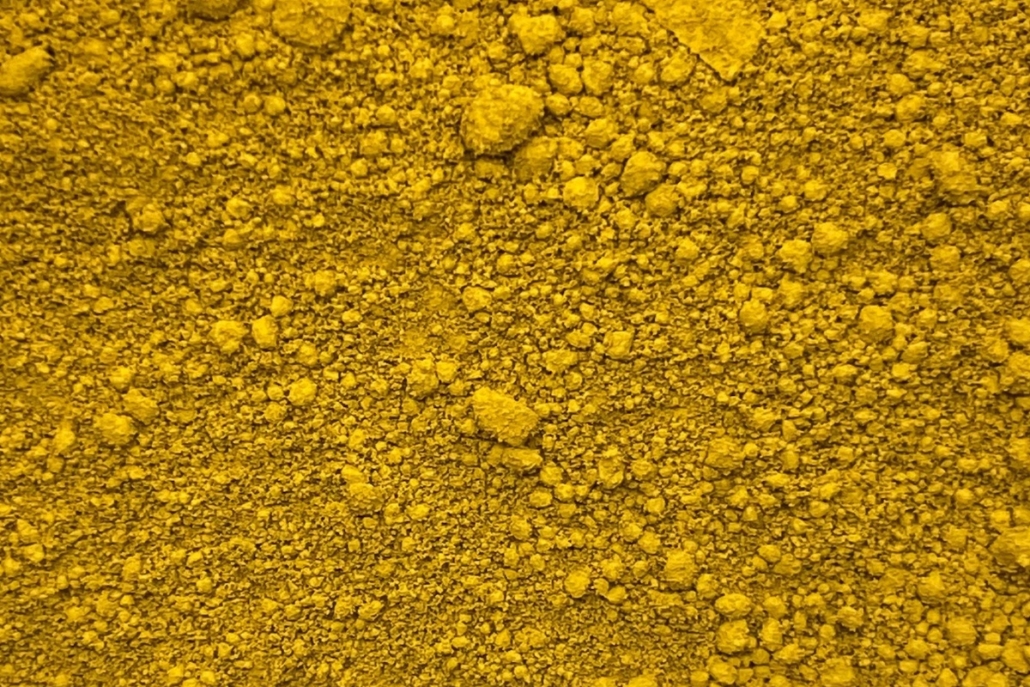

YELLOW
MAIN SOURCES: Orpiment, Guadarella
The yellow pigment preferred by medieval craftsmen was certainly Oripimento, which since Roman times was believed to actually contain gold and which, unlike earth ochre, allows for a brighter and more luminous yellow. Yellow pigments of various natures were also often used, often obtained from lead. It should be noted that during the Middle Ages, the obsessive search for the color Gold began, which must have been almost always present in sacred representations and which negatively influenced the perception of yellow in medieval painters who used it less and less frequently.
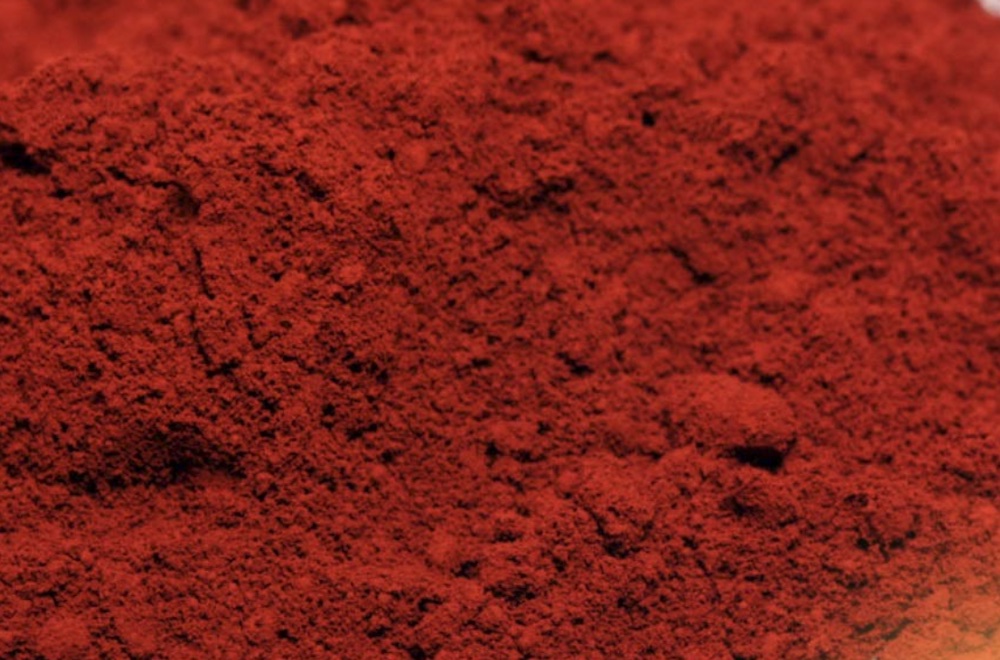
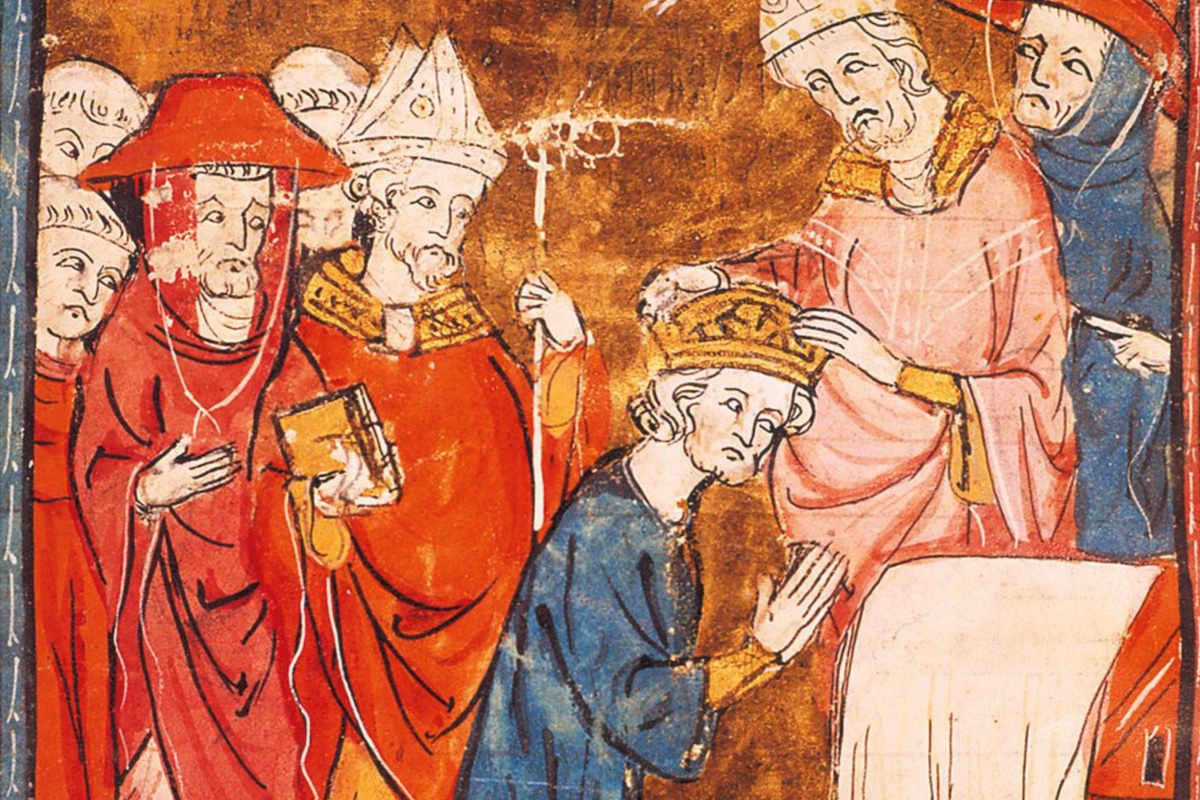
RED
MAIN SOURCES: Vermilion, Chermes, Cochineal, Robbia, Sinopia
As mentioned, in the continuous search for strong and bright colors, during the Middle Ages the use of red pigments such as ochre gave way to lacquers and in general to methods of creating very bright red colors. Thus, among the red pigments most used by medieval artists there was certainly Vermilion, followed by other red lacquers such as Chermes that had similar characteristics. Red ochre is also found in this period under the name of Sinopia, in homage to the areas of origin of this famous natural earth.
The Middle Ages were a millennium that marked the history of humanity. A period of great wars and intrigues, art and craftsmanship in the Middle Ages carried forward the foundations provided by the great civilizations of the past such as the ancient Romans and, although it did not bring great innovations and changes, it left behind great works of art and paved the way for what would be the great masterpieces of the Renaissance.
SOURCES AND INSIGHTS:

